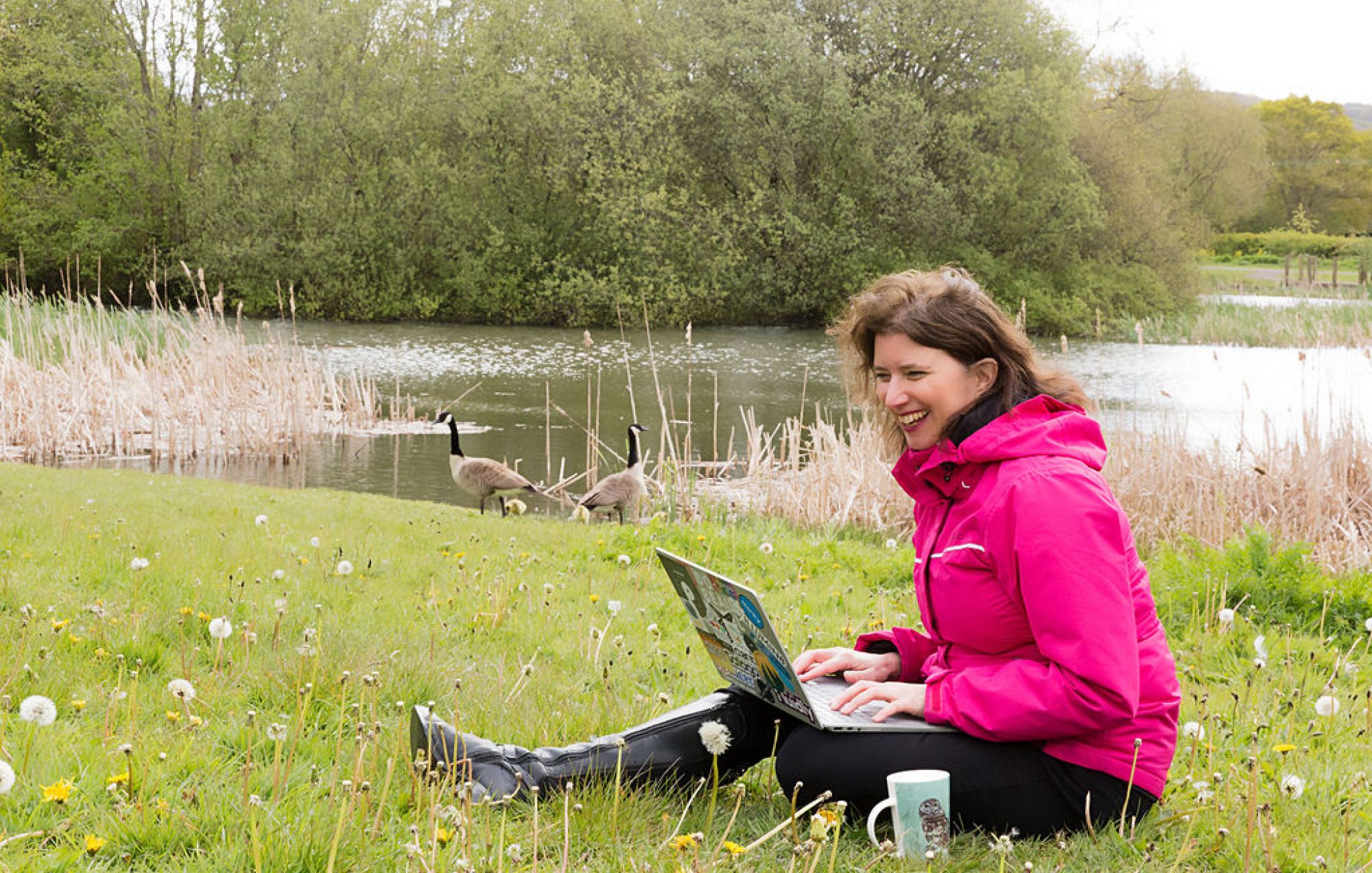December is our busiest month of the year. We have lots of limited company deadlines* for companies with March year ends as well as personal tax return deadlines* in January. AND we close the office for 2 weeks so that the team can spend time with their families.
This December has been busier that usual with trying to prepare sole trader and landlord clients for MTD in April at the same time as talking limited company directors through verifying their ID for Companies House*
The only thing for it was to escape for a day with other UK based members of GWAI (Global Women Accountant Influencer group) discussing future plans and sharing ideas while also relaxing at a spa. We’re all back at work revitalised and ready to power through to Friday when Christmas holidays begin and we can switch off completely. (For those with families they just switch their accountant/business leader role for their mum role)
Sometimes you can move faster if you just take time to rest.
*None of these would be at all stressful if clients responded to our first, or even our second reminder earlier this year
